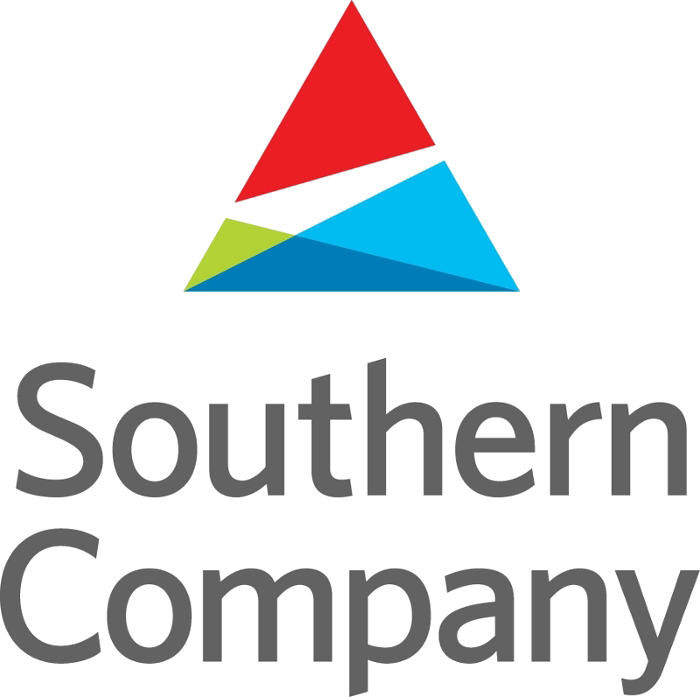Part 1 of 5 Parts
President Biden has said that he wants to decarbonize the U.S. electricity sector by 2035. This could give a boost to the nuclear power industry but there are two important questions that must be answered. Can carbon targets actually incentivize nuclear technology? Can nuclear power generation compete with natural gas on the open market? This is a debate that is being stimulated by the increasing cost of natural gas.
The nuclear industry has not answered whether nuclear power generation will be more economical at producing power. The costs for two new reactors at Plant Vogtle in Georgia have skyrocketed. The ultimate costs of seventy of the over ninety operating nuclear fission power reactors in the U.S. exceeded the initial cost estimates of the reactors by over two hundred percent according to the Department of Energy (DoE).
There are many different factors to be considered with respect to the cost question. Existing nuclear power plants in competitive markets face economic challenges that could force them to close before the end of their licensed lifespans leaving them with stranded costs and removing emission free electricity from the grid. In the meantime, there are no large, baseload nuclear power reactor projects being planned. The nuclear industry is working to develop smaller, next generation reactors by the end of the next decade. However, the fate and final costs of these projects is uncertain.
Paul Patterson is a utility analyst with Glenrock Associates LLC. He said, “There doesn’t seem to be, in the near term, a big thing that’s going to be pushing nuclear.” Whether the nuclear industry constructs any new power reactors could help shape the electricity mix for decades. Falling renewable energy costs and higher natural gas prices could also influence investment decisions for nuclear fission power generation in unexpected ways.
When compared to natural gas, nuclear can claim lower and more stable fuel costs. However, the capital costs are much higher. Information from the U.S. Energy Information Administration shows nuclear fuel costs ranging from about one third to as low as one quarter of natural gas prices between 2010 and 2020, Overall, the costs of nuclear power generation, including operations, have fallen thirty five percent since 2012 according to the Nuclear Energy Institute.
Southern Company’s Vogtle expansion project has not helped the case for baseload nuclear power. It was hoped that the project would lead to a resurgence of larger reactor projects in the 2000s. However, at this time, it is the only major nuclear power construction project in the U.S. Vogtle’s price tag is already twice an earlier projected budget of fourteen billion dollars. The Vogtle project is more than seven years behind schedule.
Southern Company and a South Carolina electric company were the first to build a new wave of baseload reactors while there were over a dozen other such projects in queue across the U.S. A steep decline in natural gas prices resulting from fracking caused other electric companies to drop their nuclear plans. Since then, more than one big electric company has shelved plans to build big commercial power nuclear fission reactors using similar technology because of the long list of problems at Vogtle.
Please read Part 2 next
Nuclear Reactors 998 – Can Nuclear Fission Power Generation Compete with Natural Gas Power Generation – Part 1 of 5 Parts

